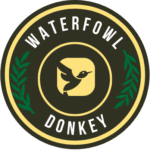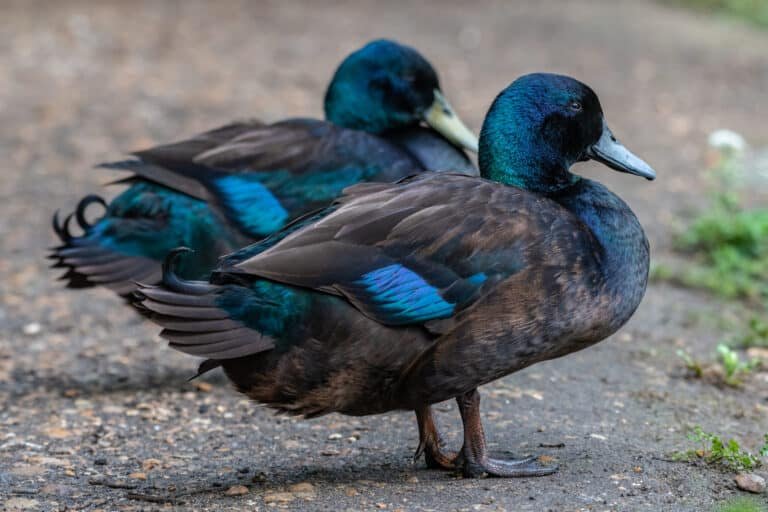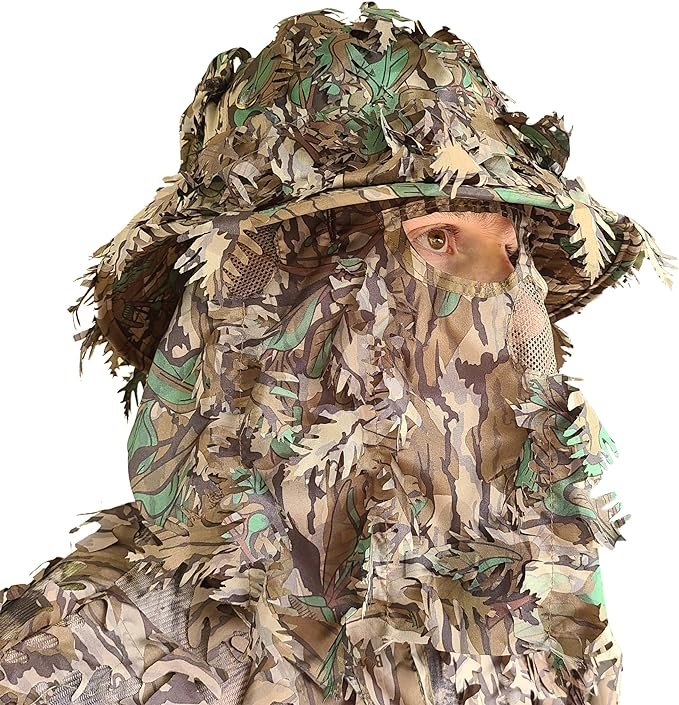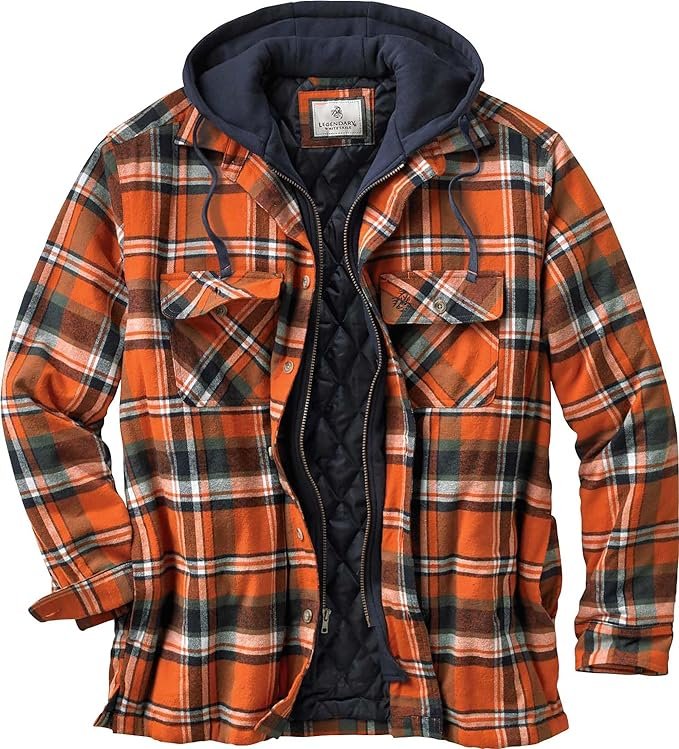The Best Duck Hunting Locations in the US
Duck hunting is a popular outdoor activity that involves pursuing ducks for sport or sustenance. It combines skill, patience, and camaraderie amidst nature’s serene backdrop.
Hunters take to various wetlands, marshes, lakes, or rivers for these graceful waterfowl. The primary objective is to harvest ducks legally and ethically.
Historical Background and Cultural Significance
The roots of duck hunting can be traced back centuries, long before the advent of modern firearms. Ancient civilizations engaged in waterfowl hunting to procure food and feathers for clothing.
Over time, it evolved from a necessity to a revered tradition celebrated across cultures worldwide. In North America, duck hunting has deep historical roots among indigenous peoples who rely on ducks as an essential food source.
These communities developed sophisticated techniques for capturing ducks using nets, traps, and decoys made from natural materials. With the arrival of European settlers came the introduction of firearms into duck hunting practices.
Hunting waterfowl became more accessible as technological advancements made shotguns more efficient tools for harvesting ducks. Beyond its practical origins, duck hunting has also attained cultural significance.
It embodies time-honored values such as stewardship, respect for nature’s rhythms, and the pursuit of adventure in wild spaces. Duck hunting serves as a bridge between generations – an opportunity for seasoned hunters to pass down their knowledge to younger enthusiasts while forging lasting bonds through shared experiences in the great outdoors.
Today, while duck hunting sustains some individuals and communities, it has also emerged as a recreational pursuit cherished by millions worldwide. Whether driven by sport or reverence for nature’s wonders, participants engage in this age-old practice with a combination of admiration for ducks’ beauty and respect for their role within ecosystems.
Selecting the Right Hunting Gear
Shotguns and Ammunition Options
Selecting the right shotgun can make all the difference when it comes to duck hunting. Ideally, you want a shotgun that balances power and maneuverability well.
A 12-gauge shotgun is the most popular choice for duck hunters due to its versatility and wide range of available ammunition. However, some experienced hunters prefer the 20-gauge for its lighter weight and ease of handling.
As for ammunition, steel shot is commonly used in waterfowl hunting because lead shot has been banned due to environmental concerns. Make sure to consult local regulations regarding shot sizes and restrictions.
Decoys, Calls, and Blinds
To lure ducks into the shooting range, using decoys is essential. Decoys mimic real ducks and attract them to your hunting spot.
When selecting decoys, opt for high-quality ones that closely resemble the common duck species in your area. Mallards are a safe bet since they attract various types of ducks.
Mixing male (drake) and female (a hen) decoys adds authenticity to your preside decoys; singing calls is another crucial aspect of successful duck hunting.
Duck calls replicate sounds made by ducks, such as quacks or feeding calls that draw their attention to your location—practice using different calls, like Mallard’s all or Drake’s whistle, to create realistic sounds.
Setting up a blind is vital for concealment during duck hunting. Blinds can be natural or artificial structures that hide you from approaching ducks while providing enough to swing your shotgun comfortably when taking shots.
Understanding Duck Species and Behavior
Common Duck Species in North America
North America boasts numerous species of ducks with distinct characteristics and behaviors relevant to successful hunting. Some common species include mallards, pintails, teal, and canvasbacks.
Each has unique plumage and habits that impact their response to decoys. Please familiarize yourself with the specific traits and features of the waterfowl species in your area to enhance your ability to attract them during your hunting trips.
Migration Patterns and Feeding Habits
Understanding duck migration patterns is crucial for choosing the right time and location to hunt. Ducks typically follow specific flyways during their annual migrations, moving from breeding grounds in northern regions to wintering areas in the south.
By studying migration data, you can anticipate when certain duck species will arrive or pass through your hunting area. Moreover, knowing the feeding habits of ducks enables you to identify optimal locations for setting up your hunting spot.
Ducks are attracted to rich food sources such as submerged aquatic vegetation, insects, small fish, or grains found in fields near wetlands or bodies of water. Research local habitats where ducks commonly feed and focus your efforts accordingly.
By carefully selecting appropriate gear like shotguns and ammunition while considering decoys, calls, and blins and acquiring knowledge about different duck species’ behavior, migration patterns, and feeding, you will be well-prepared for a fruitful duck hunting adventure. Remember that attention to detail is key w to making a successful harvest while respecting nature’s offerings.
Choosing the Right Hunting Spot
Identifying ideal habitats for ducks
When it comes to duck hunting, identifying the ideal habitats where ducks thrive is crucial for a successful hunt. Ducks are primarily found in wetlands, marshes, lakes, and rivers. These areas provide ducks with ample food sources, shelter, and nesting grounds.
Wetlands and marshes, in particular, are preferred by many duck species due to their rich vegetation and abundant insect life. Lakes and rivers can also attract ducks if they offer suitable feeding areas, such as submerged vegetation or shallow water, where they can find aquatic plants and invertebrates to munch on.
Factors affecting duck presence (food availability, weather)
Various factors influence the presence of ducks in a particular hunting spot. One critical factor is food availability. Ducks are opportunistic feeders and rely on a diverse diet that includes aquatic plants, seeds, grains, insects, and small aquatic animals.
Areas with abundant food sources are more likely to attract larger numbers of ducks. Additionally, weather conditions play a significant role in determining duck activity.
Ducks prefer calm weather with mild temperatures, as excessive wind or extreme cold can inhibit their movement and feeding patterns. Pay attention to temperature changes before you hunt, as these can affect the behavior of migrating ducks.
Scout-like a pro: Locating prime hunting spots.
Finding prime hunting spots for ducks requires proper scouting techniques. Start by researching public hunting areas or private leases that allow waterfowl hunting.
These designated areas often have established habitats that consistently attract various duck species. Utilizing maps is another valuable tool when scouting for potential hunting spots.
Study topographic highlights features like low-lying wetlands or large bodies of water nearby—potential hotspots for ducks. Aerial imagery is an excellent resource for identifying potential roosting sites, feeding areas, and flight patterns.
Observe satellite images or drone footage to scout for open water or dense vegetation that ducks prefer. Tap into local knowledge.
Engage with experienced hunters, join hunting forums or social media groups specific to your region, and inquire about prime hunting spots. Locals who have spent years observing duck habits can provide invaluable insights into the best locations to hunt ducks in your area.
Techniques for Successful Duck Hunting
Setting up decoy spreads effect
When it comes to duck hunting, decoys are your most valuable allies. Not only do they attract ducks to your hunting spot, but they also create a sense of security and realism that entices them to come closer. Consider the species you’re targeting to set up your decoy spread effectively.
Each species has unique preferences regarding numbers, positioning, and spacing. For instance, mallards tend to gather in large groups so more mallard decoys would be appropriate.
On the other hand, wigeons or teal might prefer smaller groups or pairs of decoys. Experimenting with different setups can help you find what works best for each species.
Motion decoys: spinners or flappers?
Adding motion to your decoy spread can greatly enhance its effectiveness by capturing the attention of passing ducks and making it appear more natural. Two popular types of motion decoys are spinners and flappers. Spinners mimic the spinning motion of ducks’ wings during landing or takeoff and are particularly effective for attracting attention from a distance.
On the other hand, flappers imitate the movement of ducks swimming on the water’s surface, creating a lifelike appearance that can draw ducks in closer for a better shot opportunity. Experimenting with both types can help you determine which works best based on duck behavior in your hunting area.
Mastering the art of calling ducks
Calling is essential for any duck hunter looking to bring birds within range. The key is understanding when and how to use different calls effectively. Two common types of calls are mallard hen calls and Drake whistles.
Mallard hen calls mimic female mallards’ quacks and are versatile because they can attract both males and females. On the other hand, Drake whistles imitate the vocalizations of male ducks and are often used to add variety to your calling sequence or replicate a dominant drake’s presence.
To make your calls more realistic, vary the cadence and volume based on the situation. Ducks respond differently depending on their distance and level of interest, so adapting your calling style accordingly can fool even the wariest ducks into believing they’re joining a gathering of their kind.
Hunting Regulations and Ethics
Know your limits: Bag limits & season d.ates
When engaging in the exhilarating pursuit of duck hunting, it is crucial to familiarize yourself with the bag limits and season dates stipulated by wildlife management authorities. Bag limits refer to the maximum number of ducks an individual can legally harvest in a single day or over a specified period. These limits are meticulously established to ensure sustainable hunting practices and preserve the integrity of duck populations.
Understanding the bag limits specific to your region is essential to avoid unintentional law violations. Additionally, being aware of season dates is vital to prevent hunting outside authorized periods, as these timeframes are carefully set to coincide with migration patterns and breeding seasons, providing optimal opportunities for hunters and waterfowl.
Respecting wildlife conservation laws
As passionate duck hunters, we have a responsibility not only towards our sport but also towards nature itself. Respecting wildlife conservation laws should be at the forefront of every hunter’s mind. These laws are designed to protect waterfowl populations from overexploitation and habitat degradation.
It is essential to stay updated on these regulations, as they may vary depending on geographic location and specific species or subspecies targeted for hunting. By adhering strictly to these laws, we contribute directly towards preserving wild habitats and ensuring future generations can continue enjoying the splendor of duck hunting.
Ethical practices while hunting
Ethics are integral to any activity involving animals, including duck hunting. Ethical behavior ensures we treat others respectfully while pursuing our passion for this thrilling sport.
One key aspect of ethical hunting involves making clean kills swiftly and humanely. This requires honing one’s shooting skills through practice so that each shot results in an instantaneous kill rather than causing unnecessary suffering for wounded ducks.
Furthermore, it is important to always retrieve downed ducks promptly, even if it means overcoming challenges such as navigating through dense vegetation or wading into chilly waters. By doing so, we demonstrate our commitment to minimizing any negative impact on the hunted species and reaffirm our role as responsible stewards of the natural world.
After the Hunt: Cleaning & Cooking Ducks
Proper Field Dressing Techniques
Once you’ve successfully bagged your prized duck, it’s time to prepare it for cooking. Field dressing is a crucial step in preserving the quality and flavor of the meat.
Start by plucking the featheremovingmove all visible feathers and down. Next, carefully remove the entrails by making a small incision near the vent and gently pulling everything out.
Rinse the cavity thoroughly with cold water to remove leftover blood or debris. Pat dry with paper and tools; your duck is ready for further culinary adventures!
Recipes for Delicious Wild Duck Dishes
Now that your duck is cleaned and dressed let’s delve into some delectable recipes that truly showcase its flavor. One mouthwatering option is a roasted wild duck with cranberry glaze. To prepare this preheating, your oven should be set to 400°F (200 °C).
Rub the duck with salt, pepper, and desired herbs like thyme or rosemary. Place it on a rack in a roasting pan and roast for about 20 minutes per pound until golden brown and cooked through.
Combine cranberry sauce, orange juice, brown sugar, and Dijon mustard over low heat in a small saucepan until warm and well-blended. Brush this luscious glaze over the roasted duck during its last 10 minutes of cooking for a sweet-tangy finish that will never return for seconds.
Conclusion
As we conclude our journey into the captivating world of duck hunting, we are left with unforgettable memories and an appreciation for nature’s bounty. From learning about gear selection, scouting prime hunting spots, perfecting field dressing techniques, and indulging in mouthwatering wild duck recipes, this exceptional pursuit offers a unique blend of adventure and culinary delight.
So the next time you find yourself captivated by the enchanting call of waterfowl, embrace the passion for duck hunting and relish in its rich rewards, both on the hunt and at the dining table. Happy hunting!






